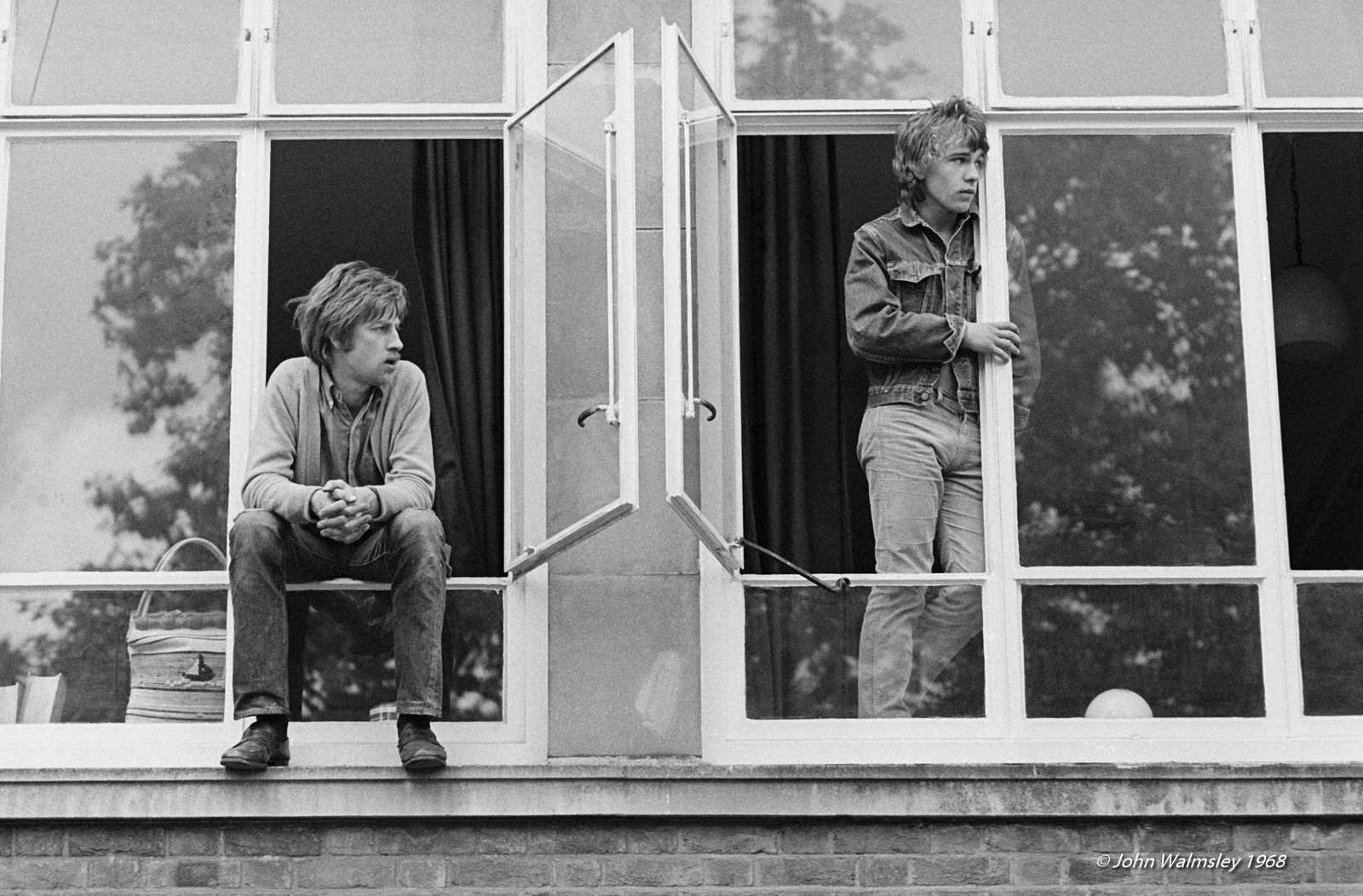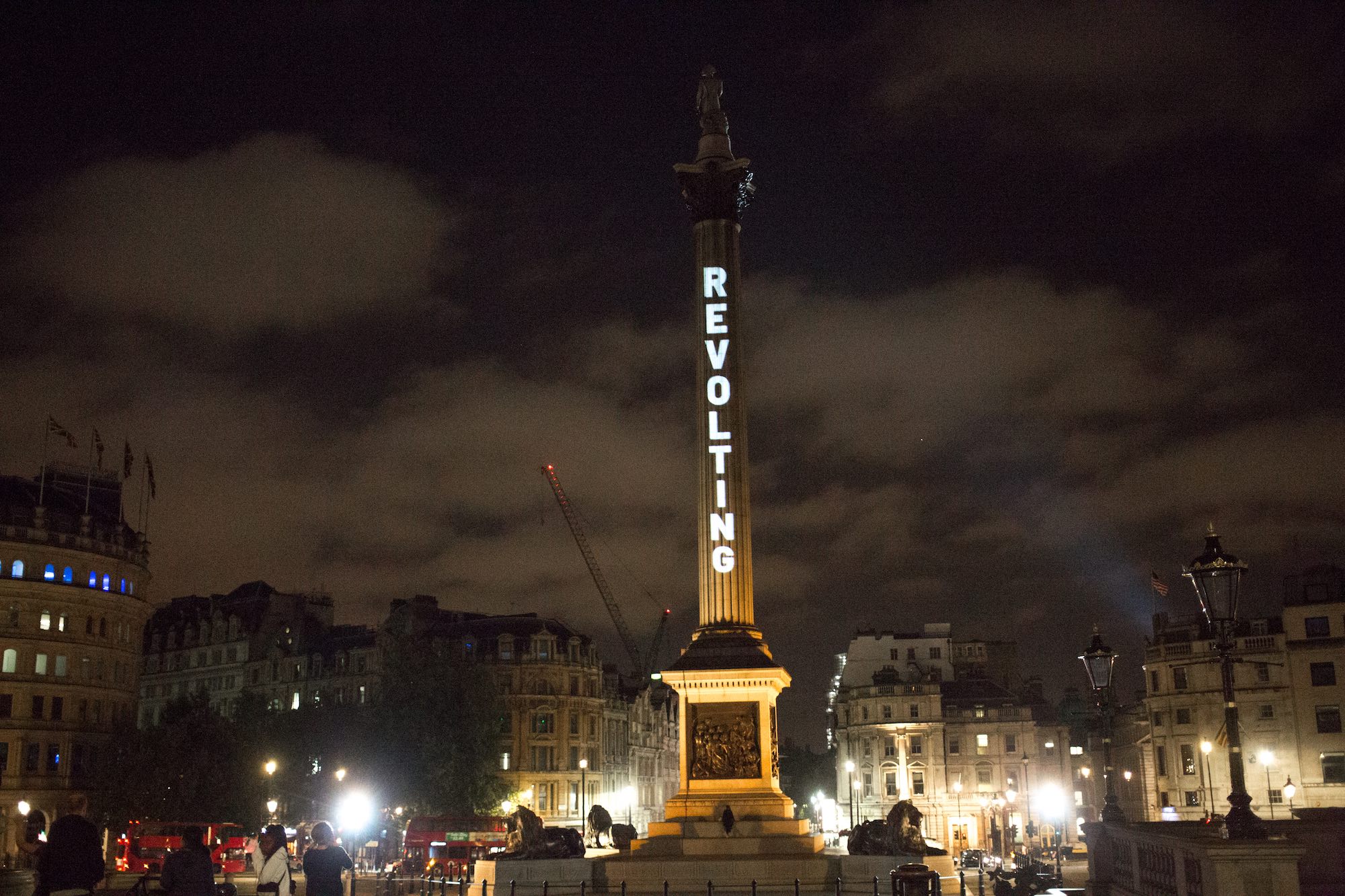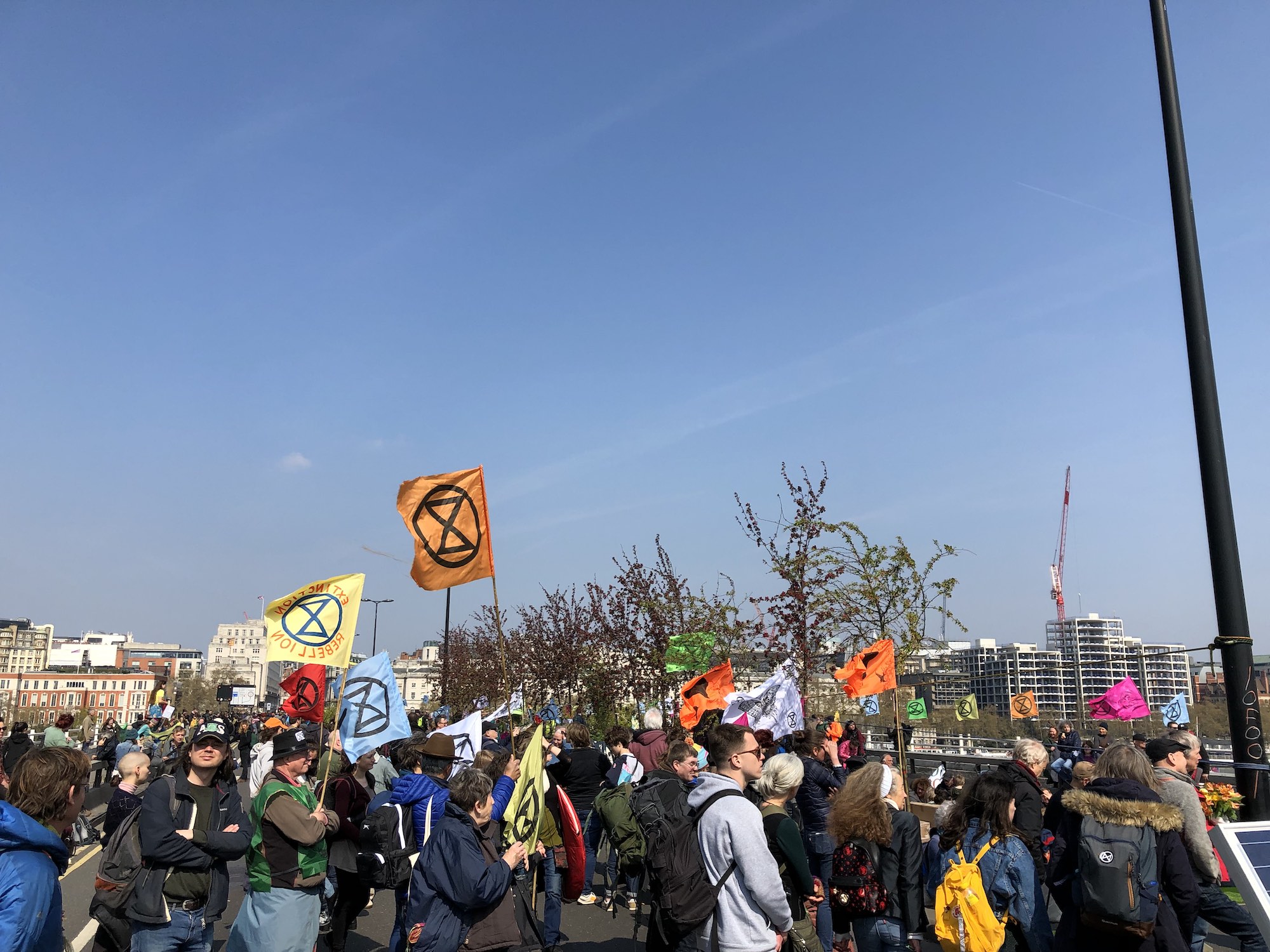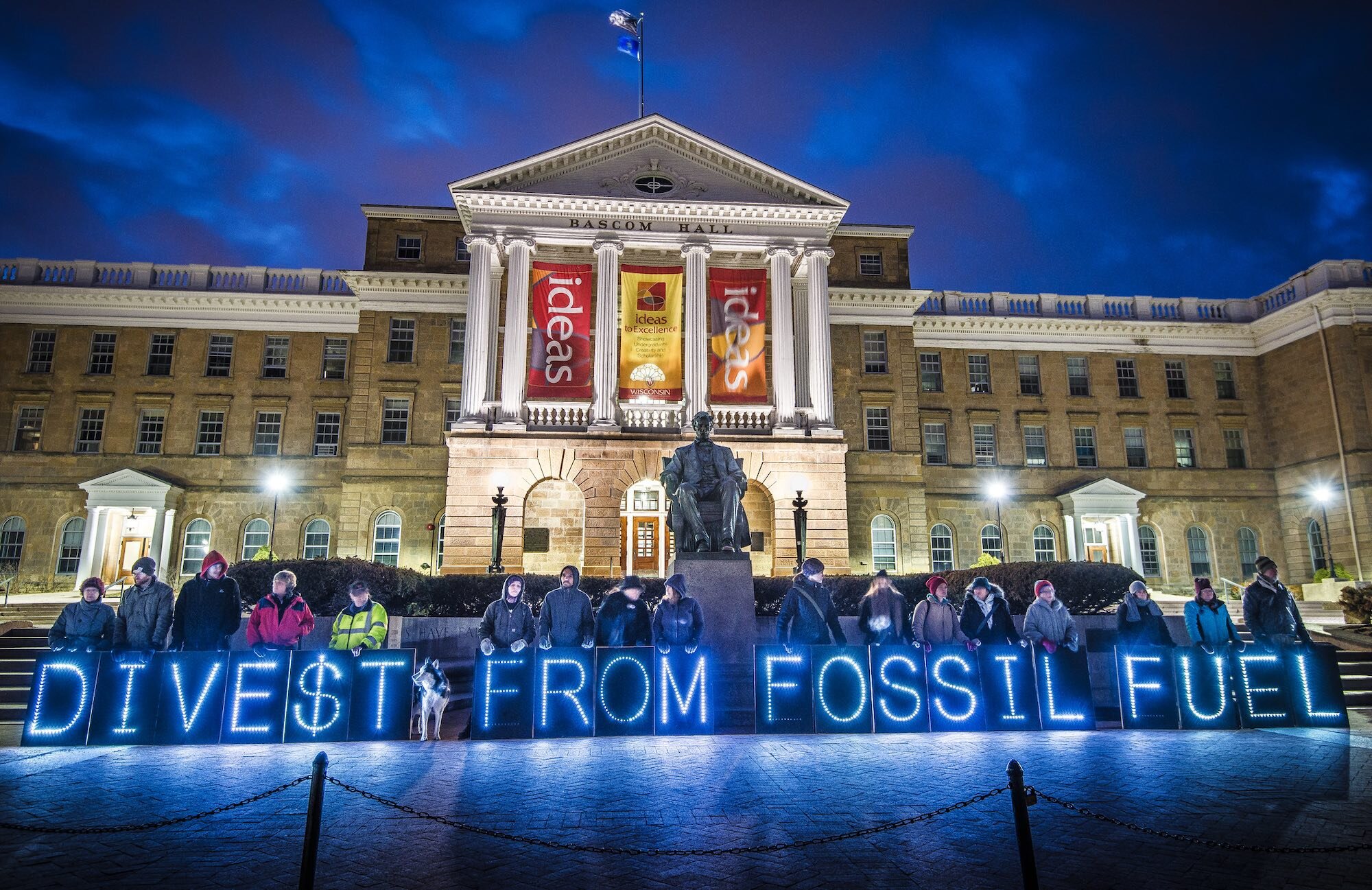‘We Want a Future’: Youth Climate Activists
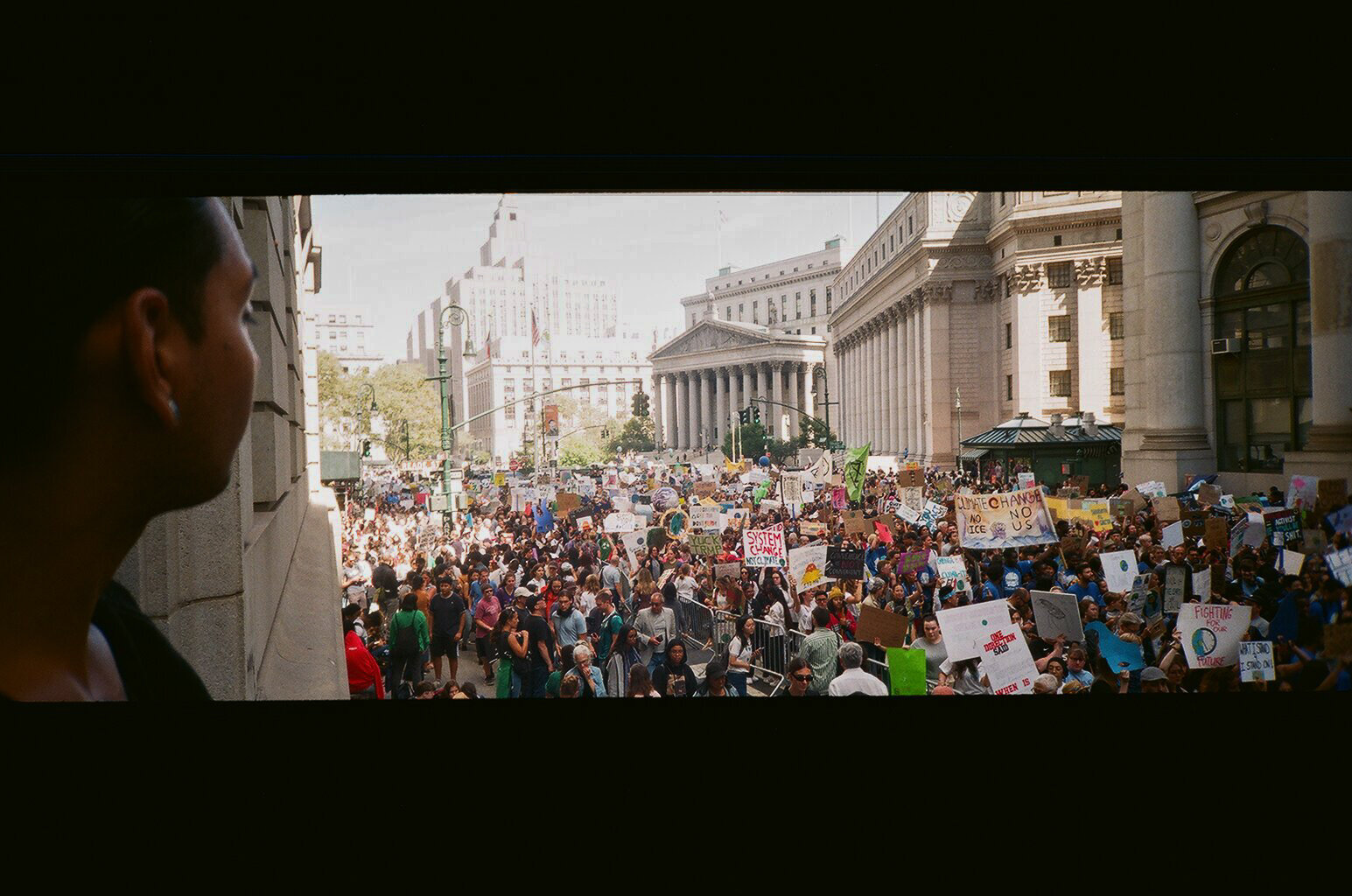
From leading the school strike movement to pushing for a Green New Deal, young climate activists came to the fore in 2019. Esther Hershkovits spoke to some of those driving the movement and asked – what’s next?
Reading news about the environment is enough to make anyone despair about the future of the human species. Politically engaged youths are especially vulnerable to this condition, which some psychologists have called ecological grief or climate anxiety.
Scenes from the Youth Climate Strike in New York City, September 2019
Thankfully, a powerful, creative, revolutionary and growing number of people are using the gravity of the climate crisis as motivation. Youth-driven organisations such as Zero Hour and Sunrise Movement and young people such as Alexandria Villaseñor, Jamie Margolin, Hailey Asquin, Jerome Foster II, Vanessa Nakate and Greta Thunberg are sparking hope and mobilising people around the world.
The fight to protect the environment has as long a history as the colonisation, industrialisation and exploitation of native lands that created the current crisis. But the environmental crisis seems even more acute in light of recent studies demonstrating that the effects of climate change are more critical than predicted, and the complete rejection of their validity by major political powers in the US. Young people in this struggle do not see their fight as optional, nor see themselves as martyrs. They are committed to making a change, and have no time for those who ignore or attempt to co-opt their movement.
As Jamie Margolin, 18-year-old founder of Zero Hour, says: “You can’t motivate the world with one giant existential crisis, but you can motivate them with a hope of a brighter future.” And so young leaders have risen from the turmoil, and have become role models for older generations who felt too jaded, too insignificant or too committed to other goals to focus their attention on saving the planet. Margolin says there is no question of why she got involved – she had no choice: “How am I supposed to plan and care about my future when my leaders aren’t doing the same?”
“How am I supposed to plan and care about my future when my leaders aren’t doing the same?”
Jerome Foster II, 17, is founder of The Climate Reporter, a blog that reports on the climate crisis, and a Zero Hour collaborator. “It’s embarrassing to see the adults aren’t doing anything,” he says. “Young people, we don’t have an agenda, we just want clean air, clean water, no pollution, that’s all we’re asking for…
“And it really takes children to go and skip school every single Friday, and our GPA (grade point average) getting messed up, and our record, and our future. We’re saying that if you’re not going to care about our future, then we’re not going to care about ours either.”
But Foster and Margolin do care. They are the most powerful type of heroes – those who can start a revolution from their bedroom and inspire others to do the same. Both say that organising massive protests, and the network they have gained by doing so, helps keep them too busy to have climate anxiety attacks. And although they receive justified praise for their work, the power of their advocacy transcends their individual identities.
“It’s embarrassing to see the adults aren’t doing anything… Young people, we don’t have an agenda, we just want clean air, clean water, no pollution, that’s all we’re asking for…”
Greta at the Youth Climate Strike in New York, September 2019
Zero Hour also works closely with Greta Thunberg, 16, who since her first solo strikes in 2018 in her native Sweden has become the face of the youth climate movement. During the Global Climate Strike on September 20, 2019, as an estimated four million people around the world took to the streets, she was introduced by Alexandria Villaseñor (interviewed elsewhere in issue), the 14-year-old New Yorker who, inspired by Thunberg’s strike, has been striking outside the United Nations every Friday since December. That week, Margolin and Thunberg also testified in front of the US House of Representatives. Thunberg, rather than give her own testimony, submitted a report from the Intergovernmental Panel on Climate Change. “I don’t want you to listen to me,” she told lawmakers. “I want you to listen to the scientists.”
“I decided to start climate strikes in Africa because I wanted a better future for everyone”
Vanessa Nakate, 22, is a climate activist in Kampala, Uganda. Thunberg’s climate strikes inspired her to get involved at home: “I decided to start climate strikes in Africa because I wanted a better future for everyone,” she says. “I have always wanted to do something that will change people’s lives. With these strikes, many people’s lives will be changed. They will be saved from the wrath of climate change that brings about droughts, floods, hunger, destruction of homes, and death. We all have a right to a clean environment. Many are not able to speak up. That is why I rise up to speak for the voices of millions of people in my country and Africa as a whole.”
The global reach of the protests is intrinsically linked to the digital media and platforms young people have at their disposal. For Sunrise Movement, the visual component of activism is as important as the protest itself. Hailey Asquin, 22, who is completing a video fellowship with the group, says an unwavering attention to the details and orchestration of the visual elements of a protest is likely part of the reason the group has received plenty of international media attention, and has had so much influence introducing political goals (such as the Green New Deal), even though its protests are usually smaller than other protests that make the news.
Sunrise often intentionally keeps actions small so it can be more disciplined, she says – signs, banners, T-shirts, staging, photographs and video coverage are carefully planned ahead of time. The art team designs signs and banners that can be mass-produced by volunteers; the photo and video team work with the action organisers and art team to create a plan for what shots to get; on the day, art marshals hand out art and organise protesters into compelling formations. She describes a protest as though it were a play and the audience the cameras. In her view, there are two alternative strategies – either amass the biggest protest the world has ever seen (and Margolin, Foster, Thunberg and many others have been working on this) or make the most stunning protest video the world has ever seen.
Youth Climate Strike, NYC, September 2019
The young leaders involved in the climate movement have a variety of personal and political beliefs but are unified by the climate crisis, which affects everything. And unlike most earlier environmental movements, this one embraces intersectionality. Foster, Margolin and Asquin all emphasise that their activism does not prioritise the environmental movement over, say, Black Lives Matter – they see different movements as intrinsically intertwined. For example, Margolin and Foster both point out that people of colour are the most adversely affected by pollution, such as coal factories in the US tending to be built near communities of colour.
Margolin often credits the Standing Rock water protectors at the site of the Dakota Access Pipeline construction as her original inspiration to start Zero Hour. Most of those protesters were indigenous people, and Margolin regularly reminds her Instagram followers that indigenous people are the backbone of the movement. In a New York Times op-ed on the day of the Global Climate Strike, she wrote: “I am fighting for a decolonised future, because a decolonised world is the only one that will be able to turn the tide on the climate crisis.”
“I am fighting for a decolonised future, because a decolonised world is the only one that will be able to turn the tide on the climate crisis”
Tokata Iron Eyes (right) with Greta Thunberg, when Thunberg visited South Dakota in October 2019
Although indigenous people comprise only 5% of the world’s population, they protect 80% of the world’s biodiversity, according to the World Bank. Tokata Iron Eyes is a 16-year-old environmental activist from the Standing Rock Sioux tribe who first became known for a viral video outlining the case against the Dakota Access Pipeline. This video is widely credited for elevating the #NODAPL protests to a global stage, and as a result Tokata Iron Eyes was able to organise protesters who arrived from around the world to support the Standing Rock Sioux. The protests succeeded in doubling the cost of the pipeline construction, and caused the Obama administration to deny it a key permit. “This entire movement was brought up by the youth,” a then 13-year-old Tokata Iron Eyes told author and campaigner Naomi Klein after the victory. “It just started so small and then this entire camp was built… (I feel) like I got my future back.”
The victory was sadly short-lived: the Trump administration later granted the permit. Nevertheless, this is a movement that will succeed, not just because of the effective strategy and devotion of its leaders and advocates, but simply because it must. And the world is now paying attention.
“I just want to see what they’re doing right now and what they already put and set in stone… I don’t want any promises, I just want action”
The world was moved when 1.4 million students walked out of school around the world on March 15, 2019, again when four million people of all ages took part in the September strike, and once again when six million walked out one week later. Even politicians are now paying attention to the crisis, as seen with many candidates for the Democratic presidential nomination. Now the youth movement must become even more widespread to safeguard a habitable planet for generations to come. And action is the only result these young people will be satisfied with: “I don’t care about what (a government or corporation’s) future goals are,” Foster says. “I just want to see what (they’re) doing right now and what (they) already put and set in stone… I don’t want any promises, I just want action.”
“Even though we say young people will change the world, we honestly can’t – we need adults to be with us… We need adults to vote for us”
To achieve this, adults must now get involved. As Foster says: “Even though we say young people will change the world, we honestly can’t – we need adults to be with us… We need adults to vote for us.” But there is a difference between support and solidarity, and the attempted co-option of a movement.
“This is an intergenerational fight.” Margolin says. “People across all generations are affected by the climate crisis and have been fighting the crisis for so long. So, I don’t just want, I need adults to join this climate movement. But they cannot co-opt, patronise or take over youth spaces. That I have no toleration for, and unfortunately it happens a lot. So, adults, do join the climate movement, but do not clip young people’s wings. Do not hold us back.”
With thanks to all involved / thisiszerohour.org earthuprising.org fridaysforfuture.org sunrisemovement.org standingrock.org / Photography of NYC Youth Climate Strike by Tess Gruenberg
Author account for the Good Trouble hive-mind.










